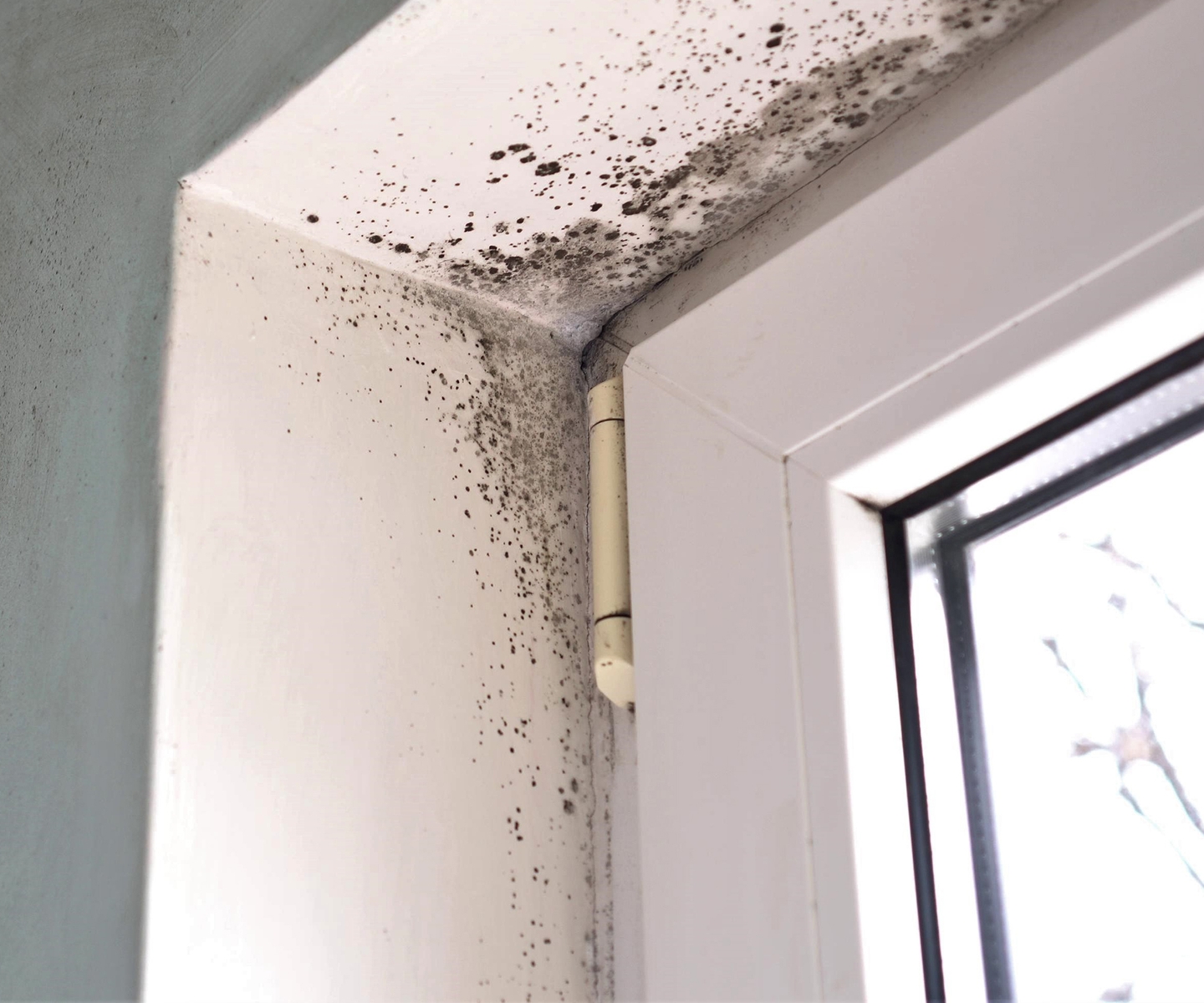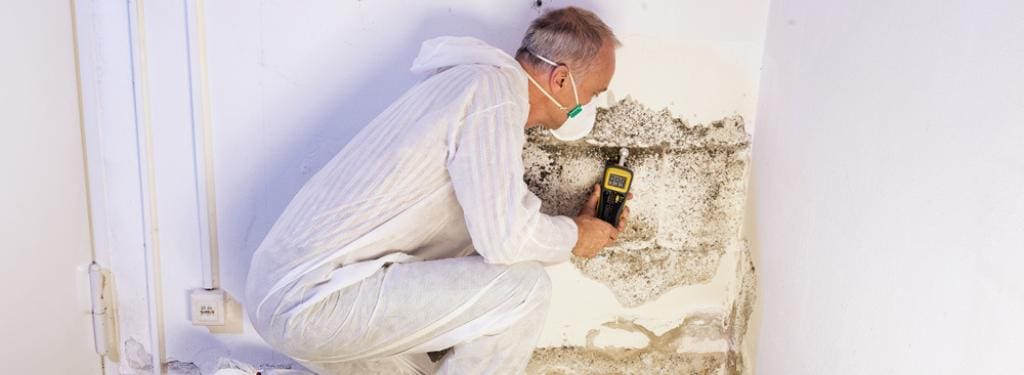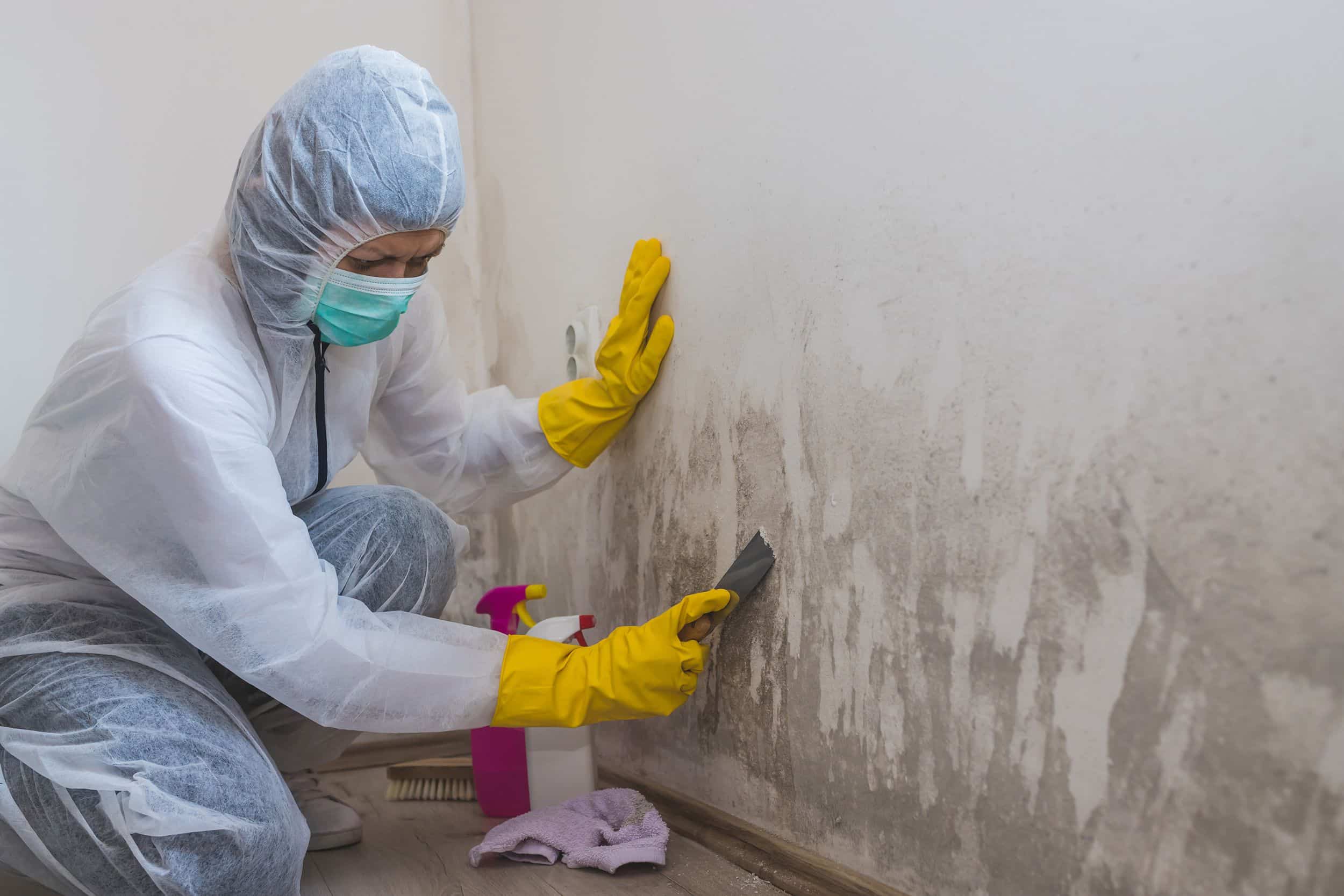Your Ultimate Guide to Post Mold Remediation Strategies
Browsing the world of post-mold removal strategies is a thorough process that demands attention to information and a comprehensive understanding of the details included. In the after-effects of mold problem, understanding just how to efficiently eradicate the mold and prevent its reoccurrence is extremely important for keeping a healthy and balanced interior atmosphere. From choosing the ideal cleaning and sanitizing methods to applying techniques for long-lasting mold and mildew prevention, each action in the removal trip plays a critical function in making sure a successful end result. As we start this expedition of post-mold removal methods, we will reveal the vital techniques and finest methods that can assist you recover your space to its pre-mold problem and protect it against future mold and mildew threats.
Understanding Post-Mold Removal Refine
After completing the mold and mildew remediation procedure, it is crucial to comprehend the post-mold remediation techniques that are necessary to make certain a effective and detailed cleaning. When the mold has been eliminated, the following action includes cleansing and disinfecting the affected locations to avoid any regrowth of mold and mildew. This includes utilizing specialized cleansing representatives to clean down surface areas and eliminate any type of staying mold spores. It is important to dry the location entirely to dissuade the growth of mold in the future (Post Mold Remediation). Correct air flow and dehumidification can help in this procedure.
Moreover, performing a final assessment post-remediation is crucial to ensure that all mold has been successfully gotten rid of. This inspection needs to entail a thorough aesthetic check as well as possibly air sampling to validate the absence of mold spores airborne. If the inspection discloses any type of lingering mold and mildew, extra remediation may be needed. Lastly, enlightening residents on preventative actions such as regulating wetness levels and immediately dealing with any type of water leaks can help maintain a mold-free setting.
Efficient Cleansing and Disinfecting Techniques

Preventing Future Mold And Mildew Development

Value of Appropriate Air Flow
Appropriate air flow plays a critical duty in protecting against wetness buildup, a crucial consider mold development within indoor settings. Efficient air flow systems aid remove excess moisture from the air, minimizing the opportunities of mold spores locating the wetness they require to germinate and spread out. Without sufficient air flow, interior spaces can end up being a breeding place mold remediation vs mold removal for mold, bring about potential wellness risks and structural damage.
By guaranteeing proper air flow, air flow systems can also assist in drying wet areas faster after water damages or flooding cases, further hindering mold growth. After mold remediation. In areas like washrooms, kitchen areas, attic rooms, and cellars where moisture degrees have a tendency to be higher, installing and preserving efficient air flow systems is critical in avoiding mold and mildew problems

Monitoring and Upkeep Tips
Provided the vital role that proper ventilation plays in protecting against mold and mildew growth, it is essential to develop efficient tracking and upkeep ideas to ensure the ongoing performance of ventilation systems. Normal evaluations of air flow systems ought to be performed to check for any signs of obstructions, leakages, or malfunctions that can hamper appropriate air movement. Monitoring moisture levels within the property is also essential, as high moisture can add to mold development. Setting up a hygrometer can aid track humidity degrees and sharp property owners to any spikes that might call for attention. Furthermore, ensuring that air filters are consistently cleaned up or changed is important for preserving the performance of the ventilation system. Carrying out a schedule for routine upkeep jobs, such as air duct cleansing and a/c system inspections, can help stop concerns prior to they escalate. By staying aggressive remove mold in shower and conscientious to the condition of ventilation systems, home proprietors can successfully minimize the threat of mold and mildew regrowth and preserve a healthy and balanced interior setting.
Final Thought
Finally, post-mold remediation strategies are essential for guaranteeing a clean and secure setting. Recognizing the procedure, carrying out efficient cleansing and sanitizing methods, preventing future mold development, maintaining correct ventilation, and normal surveillance are all vital action in the removal process. By adhering to these guidelines, you can effectively eliminate mold and mildew and prevent its return, advertising a healthy living or functioning room for all passengers.
In the aftermath of mold and mildew problem, knowing exactly how to effectively get rid of the mold and avoid its reoccurrence is paramount for preserving a healthy and balanced indoor atmosphere. Once the mold and mildew has been eliminated, the following step includes cleaning and sanitizing the influenced areas to stop any regrowth of mold - Post Mold Remediation. After eliminating noticeable mold and mildew development, it is critical to clean up all surfaces in the afflicted location to remove any staying mold and mildew spores. To further improve mold and mildew avoidance actions, it is important to attend to underlying issues that at first led to mold advancement.Provided the essential role that appropriate ventilation plays in stopping mold and mildew development, it is vital to develop efficient surveillance and upkeep pointers to make certain the ongoing capability of ventilation systems